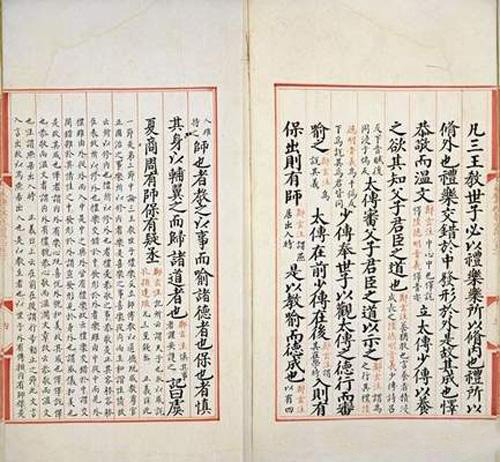The Huntington Library, Art Collections and Botanical Gardens announced earlier this month that it is in possession of a book from the 11,095-volume Yongle Encyclopedia, the largest Chinese compendium ever written, according to the Los Angeles Times.
The book comprises one volume of the collection, which was written between 1562 and 1567 by scribes commissioned by the Jiajing emperor. The Yongle Encyclopedia was an attempt to collate Chinese knowledge in astronomy, geography, medicine, religion, technology and art.
The collection is actually the only copy of the original Yongle Encyclopedia commissioned by the Yongle Emperor of the Ming Dynasty in 1403. The original encyclopedia vanished without a trace, while the copy has a remaining 419 volumes in existence, most of which are in China and some are in Harvard, Princeton and Cornell.
The newly discovered volume was found in August by Huntington archivist Li Wei Yang. It contains two of the 22,877 sections of the encyclopedia.
Li initially doubted the provenance of the discovered book, but after a month of research and getting help from National Library of China scholar Liu Bo, it was confirmed that it is part of the Yongle Encyclopedia and formed sections 10,270 and 10,271 of the collection.
The book, which has 28 leaves in one section and 21 in the other, was donated in 1968 by Mabel Whiting, the daughter of Joseph Whiting, a Presbyterian missionary who saved it from China's Boxer Rebellion violence in late 18th century.
"When I opened the book my attention was grabbed right away by the nature of the pages," Li said. "This is a manuscript, not a printed work."
The sections are from the encyclopedia's Book of Rites, which is attributed to the disciples of Confucius. They contain instructions for educating a prince, specifically in terms of etiquette and ritual.
"In Imperial China, etiquette and ritual was everything," said Li. "Although we haven't gotten yet into exactly what the text is saying because it's written in Classical Chinese, which is very different from Chinese."
The book will be on display in the East Foyer of the Library Main Hall of the Huntington from Dec. 13 to March 16, 2015. A free public lecture is scheduled to take place on Jan. 8, 2015, 7:30 p.m., in the library's Ahmanson Room.





















